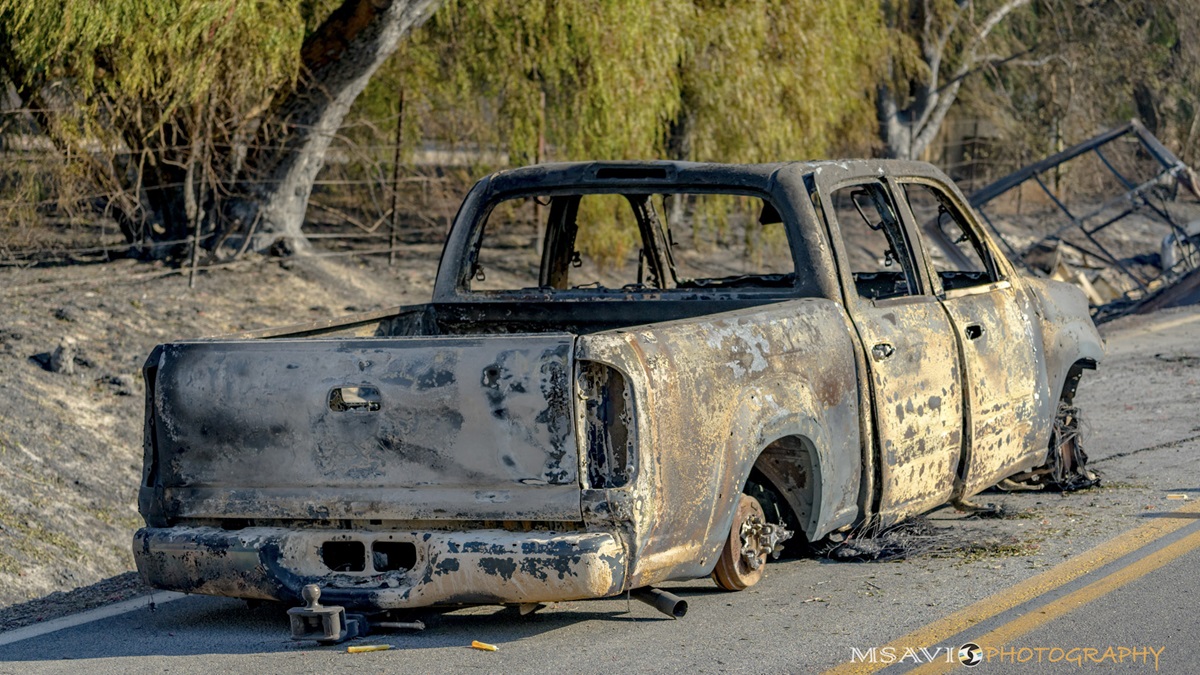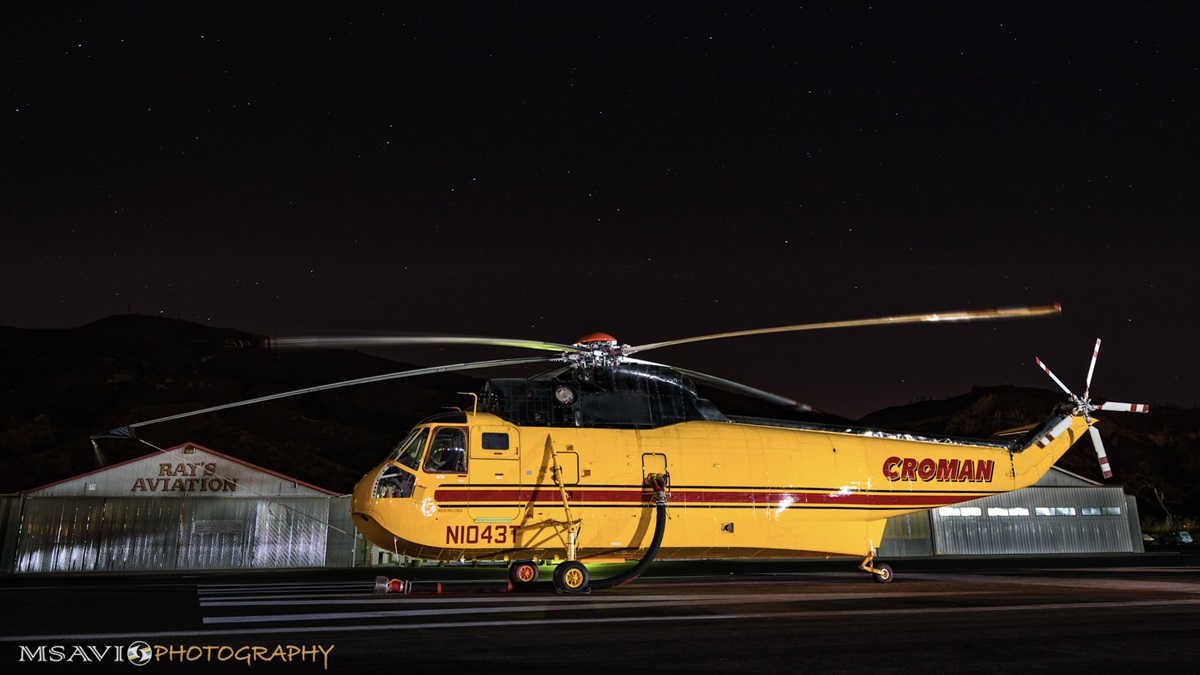Aviation helps attack historic California wildfires
Months into a record outbreak of California wildfires that have resulted from the worst fire conditions the state has seen in decades, aerial assaults continued and general aviation airports—including one closed by a temporary flight restriction—played key support roles in the attack.
Fire had threatened Southern California rancher Bruce Dickenson’s property many times during the generations his family has lived among the rugged hills near Santa Paula—but the ravenous Thomas fire was different.
What began at night as a distant glow grew into an orange wall of flames pushed by howling Santa Ana winds. The next day, the rapidly growing flames were consuming Dickenson’s avocado groves and headed toward his home.
“There was a 30-foot wall of fire coming directly at our home – the one my granddad built in 1950,” said Dickenson, 67, who lives there with wife Janice. “Fire was everywhere.”
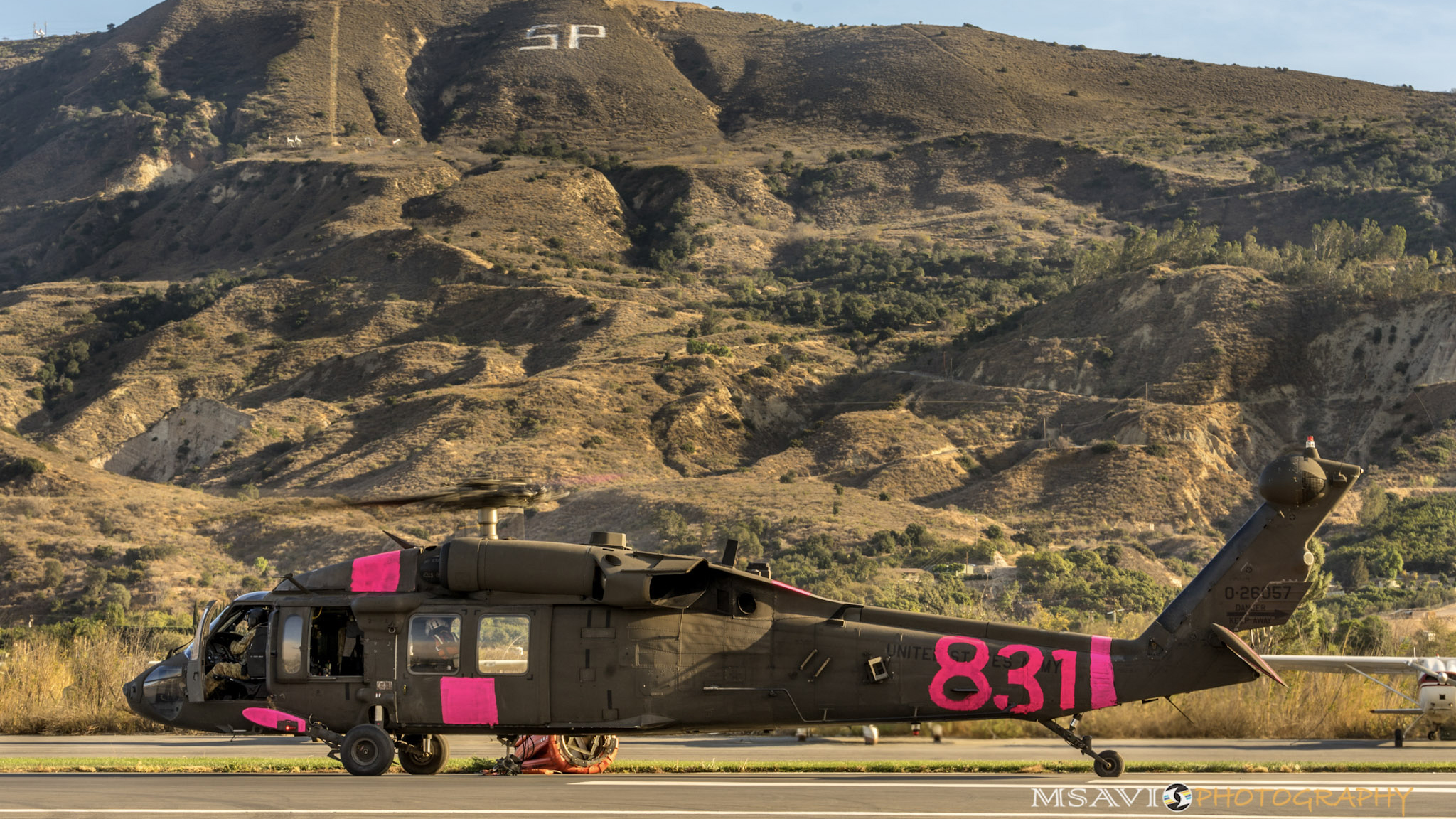
The Dickensons had already hauled away some of their irreplaceable possessions when salvation came in the form of four firefighting helicopters. They were among a group of 24 heavy-lift helicopters that had transformed nearby Santa Paula Airport, the small, quirky, airstrip known for vintage and aerobatic airplanes, into a bustling base for firefighting helicopters.
“One of them was a huge Sikorsky 58 with a turbine engine, and it made several precision water drops that made all the difference,” said Dickenson, a pilot and airplane restorer with a hangar at Santa Paula. “They knocked the fire down so that the ground crews could save our home. I can’t possibly thank them enough for what they did.”
Santa Paula Airport is a privately owned/public-use, nontowered field with a 2,700-foot runway that’s normally limited to daytime operations only. But it’s perfectly positioned to fight the Thomas Fire, which began in nearby Fillmore and destroyed about 150 homes in Santa Paula before expanding and threatening Ventura and Santa Barbara. An adjacent highway allows tanker trucks carrying jet fuel, water, and fire retardant to get to the airport where ground and maintenance crews as well as pilots have been working around the clock.
Will Tinsley, a corporate pilot whose dad was a firefighter, said his home near Santa Paula also was saved by helicopters.
“I was listening to the (radio) scanner and heard a crew of firefighters get dispatched to my street, which goes up a draw on the edge of town,” Tinsley said. “The fire was right in our backyard when I saw a group of five helicopters set up a round-robin pattern overhead. They stayed for an hour, and they saved our neighborhood. There’s no question in my mind it would have been gone without them.”
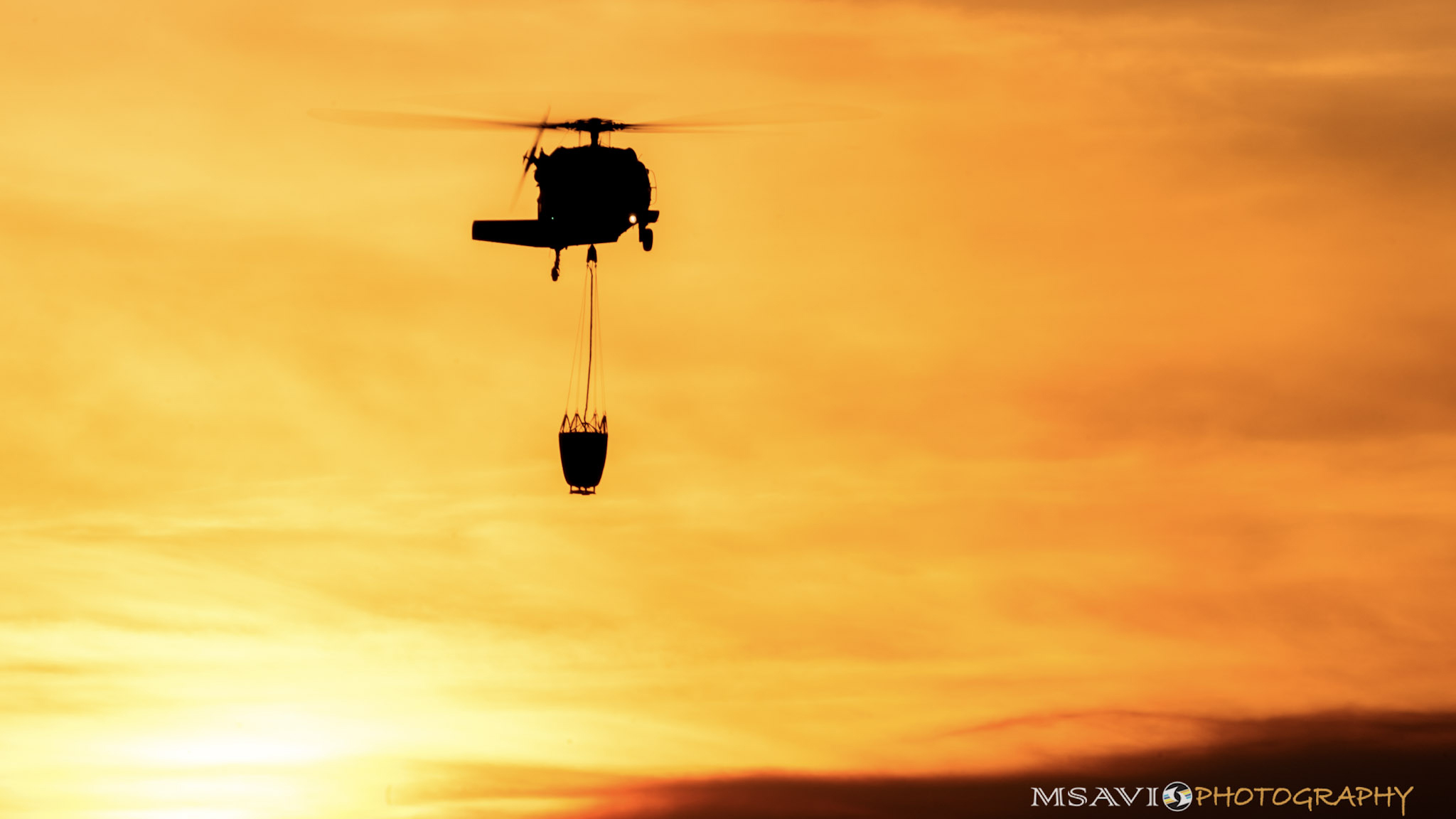
Tim Perkins, the Calfire Team Four helibase manager who set up the temporary operation at Santa Paula Airport, said 24 helicopters there had dropped more than 5 million gallons of water and 670,000 gallons of retardant in an ongoing effort to contain the Thomas Fire, one of the largest in California history. The helicopter crews have flown more than 1,600 hours so far in that effort.
Perkins established a temporary flight restriction (TFR) and brought in a temporary control tower to coordinate operations at Santa Paula and repositioned airplanes to make room on the ramps, taxiways, and even the grass perimeter.
Normal general aviation traffic has come to a virtual standstill, but Santa Paula pilots say they’re glad to stand down and do whatever they can to help the fire crews.
Santa Paula Airport Manager Rowena Mason said dozens of residents – including Tinsley and the Dickensons – have stopped by the airport to personally thank the firefighters for saving their homes. Others have brought food, drinks, and presents knowing the firefighters are likely to be away from home during Christmas.
They’ve also been stopping by every evening around sunset to watch the helicopters return for the night.
“It’s quite a scene,” Mason said. “These are big, heavy helicopters—and they put on quite an airshow.”
As of Dec. 18, the vast Thomas Fire in Ventura County may have already grown to become the state’s all-time largest wildfire, with containment not expected until well into January, according to news reports.
Crews worked to save homes, although hundreds, including many multi-million-dollar structures, had already been burned to the ground by fires driven along in dry brush by winds to 70 mph.
On Dec. 18, a temporary flight restriction was in effect in a large area east of Santa Barbara from the surface to 9,500 feet msl, its southern boundary passing a few miles north of the Oxnard and Camarillo airports.
Included just inside the southern TFR boundary was the temporarily closed Santa Paula Airport, where Gareth Williams, founder of Fly-Hope-Dream, an organization through which he has introduced more than 200 people to vintage aviation, was temporarily in residence, “having lost all my possessions when my rental home burnt to the ground,” he said in an email.
“We’re front and center of the battle against the Ventura wildfire,” he wrote. “The airport is closed but we have 22 helicopters based here conducting firefighting operations.”
Williams included a link to photos he had posted on Facebook of the operation.
Forty miles south of Santa Paula, the Santa Monica Municipal Airport—which AOPA is working to save from possible closure in 2028—played a key role in fighting another one of the area’s wildfires when the airport control tower coordinated more than 50 flights launched against the Skirball fire that burned in an area of Los Angeles, according to the Santa Monica Airport Association. The group is a party opposed to the airport’s possible closure, and has posted firefighting updates on its website, noting that the airport is designated a “vital and essential facility” in Santa Monica’s All Hazards Mitigation Handbook. The airport is closed through Dec. 23 while work is in progress to shorten its runway.
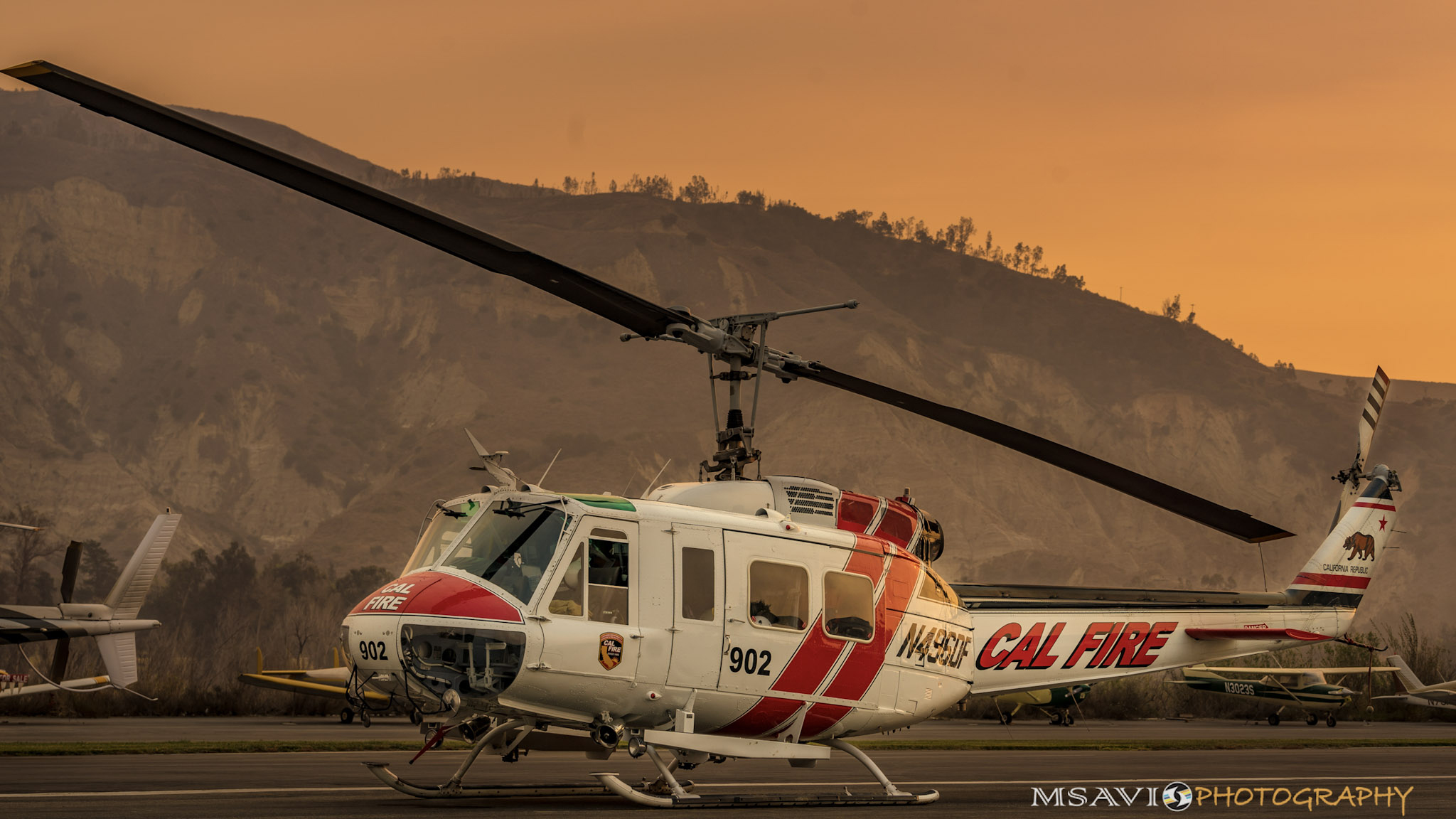
As the firefighting efforts continued, the extent of the historic dilemma was making itself notorious for yet another reason: Its toll on financial resources.
On Dec. 15, a news report said the California Department of Forestry and Fire Protection had expended more than $600 million on fighting wildfires, with the Thomas Fire alone accounting for almost $90 million. The report said the expenditures had already exceeded the fiscal year’s appropriation, and was just short of the record of $608 million set two years ago.
The agency, known as Calfire, supports the ground attacks on fires with a fleet of 17 tactical airplanes that fly overhead to direct its 22 S2-T air tankers and 12 UH-1H Super Huey helicopters that can carry retardant, or position and remove personnel from fire scenes.
As the strong, unpredictable winds shifted directions, blowing embers into unburned dry vegetation and suddenly putting new residential areas at risk, poignant stories emerged of hasty evacuation by residents—some of whom stopped briefly to photograph air tankers such as a DC-10 flying overhead to drop retardant on patches of fire burning near the evacuees’ homes.
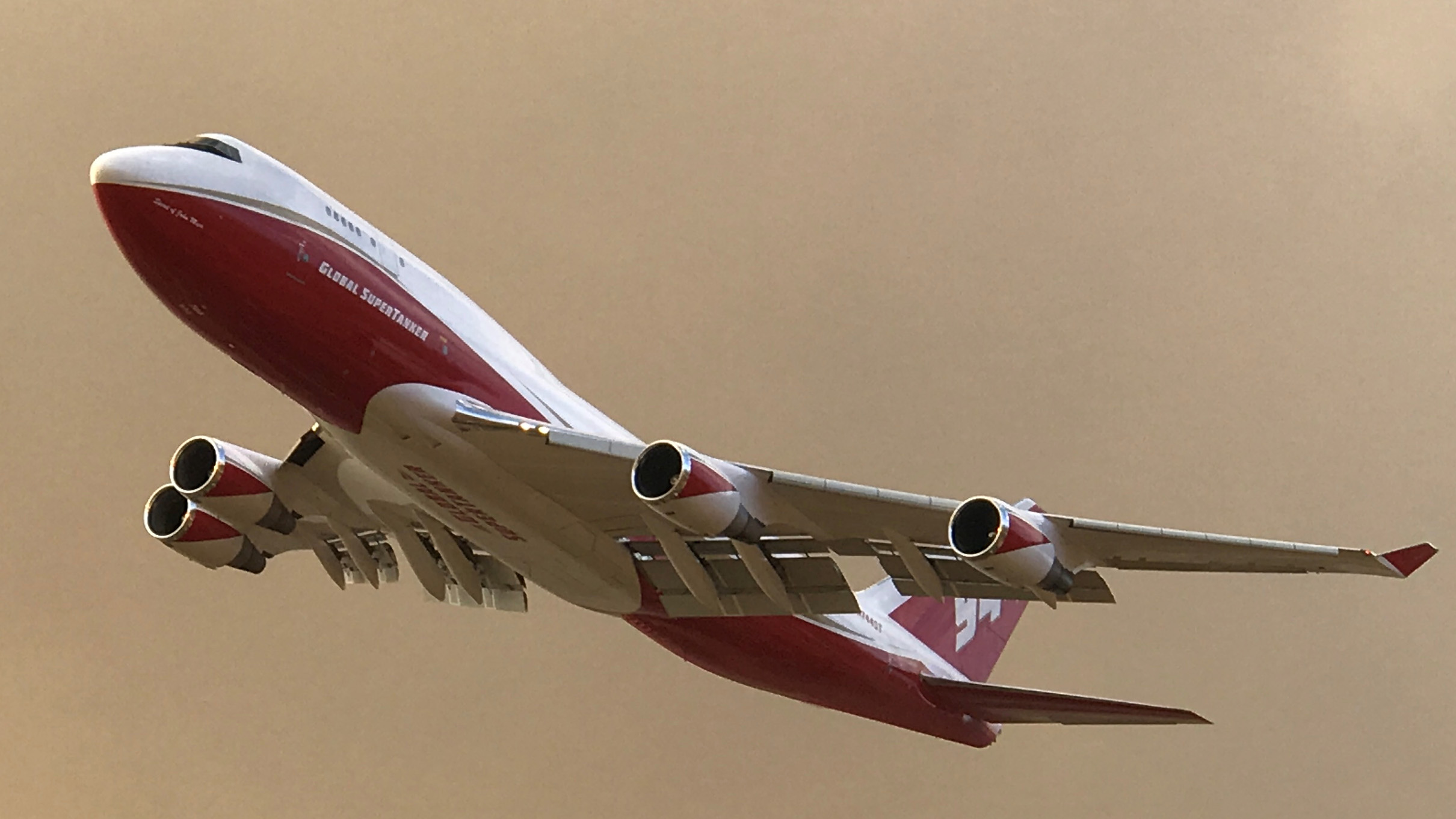
Also participating in the firefighting campaign was the world’s largest supertanker, a converted Boeing 747 that joined the fight during the fatal October wildfire outbreak, and re-entered the battle again this month.
State and federal officials recently announced that a “tree mortality crisis” born of five years of drought conditions and a bark-beetle infestation has exacerbated the wildfire risk.
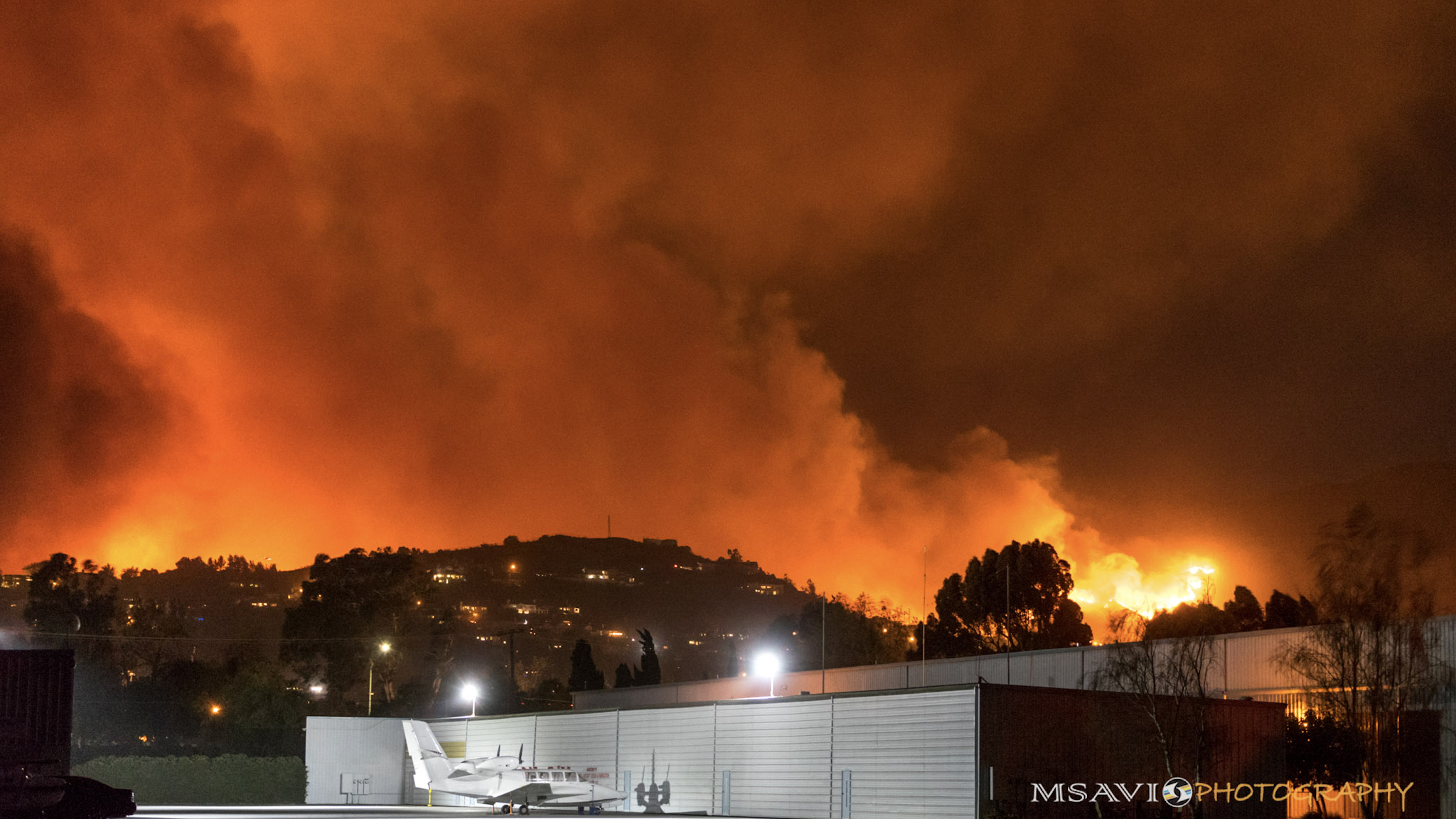
In a joint news release issued Dec. 12, the agencies estimated that 27 million trees, largely conifers, had died in California since November 2016, “bringing the total number of trees that have died due to drought and bark beetles to an historic 129 million on 8.9 million acres.”
The dead trees “pose a hazard to people and critical infrastructure, mostly centered in the central and southern Sierra Nevada region of the state,” it said.









